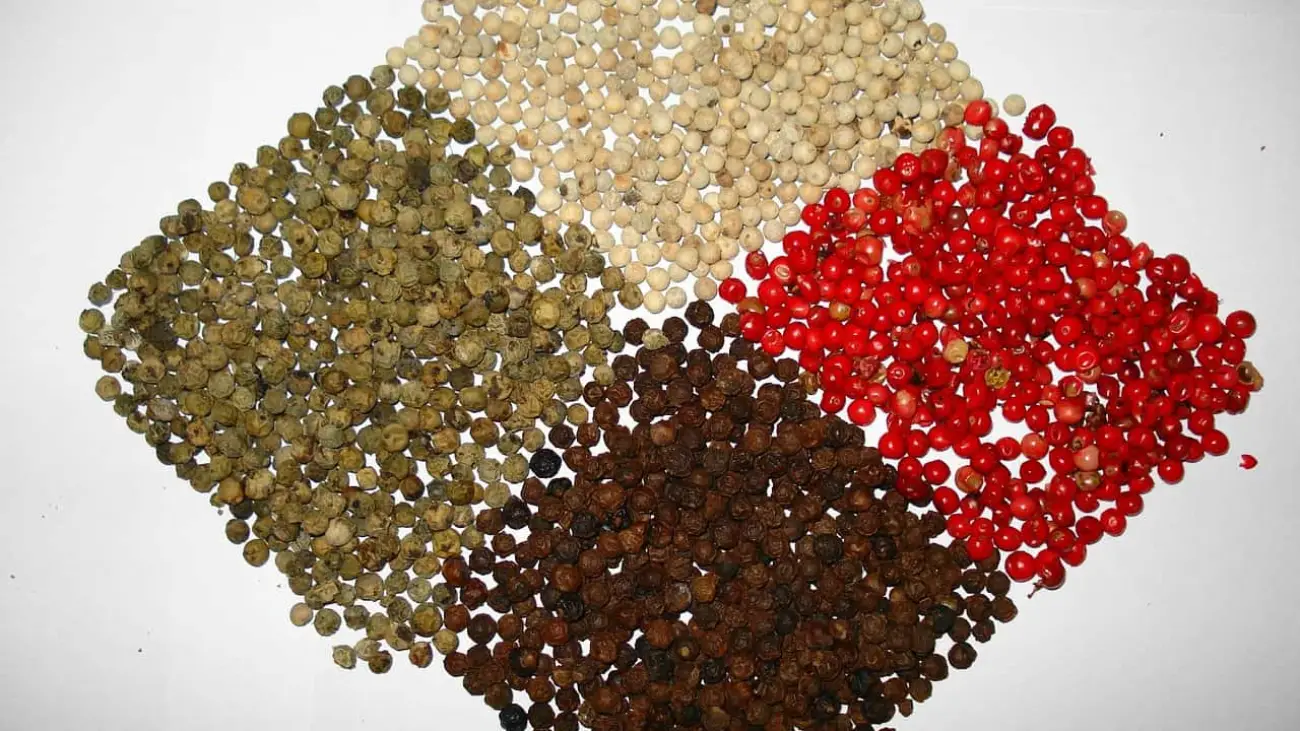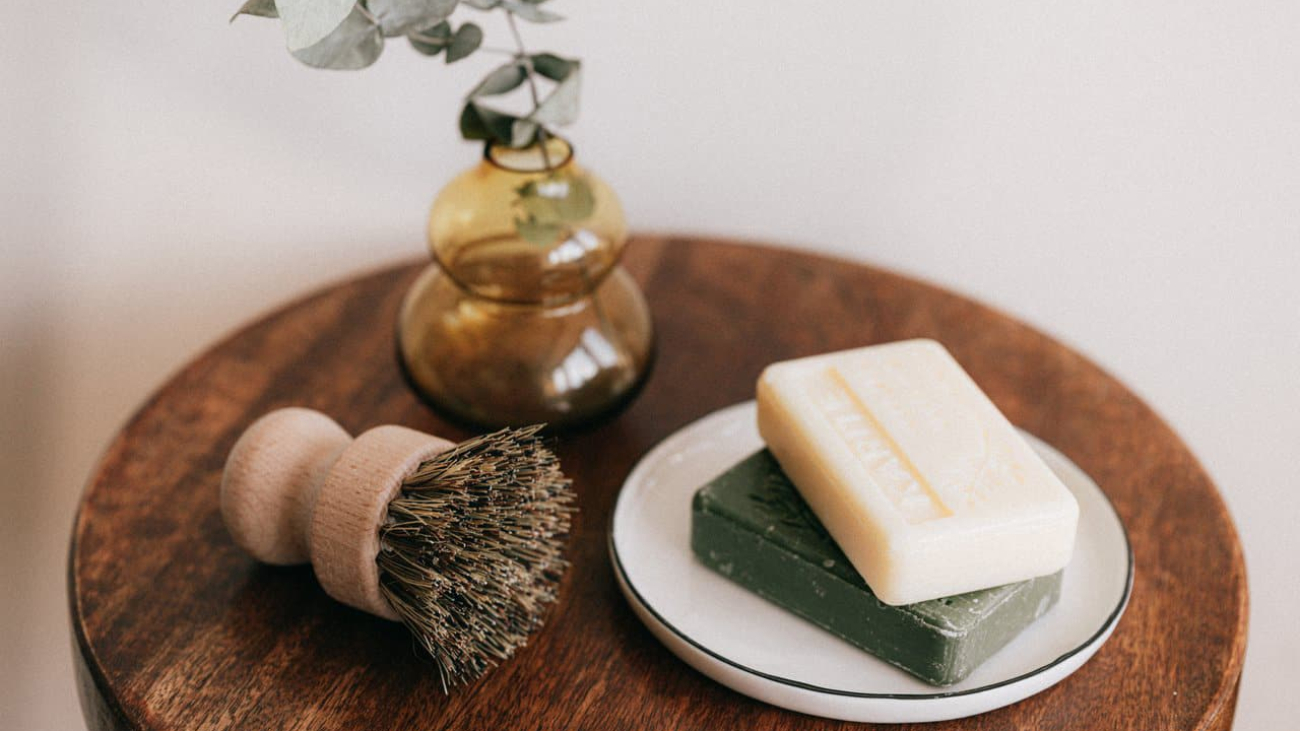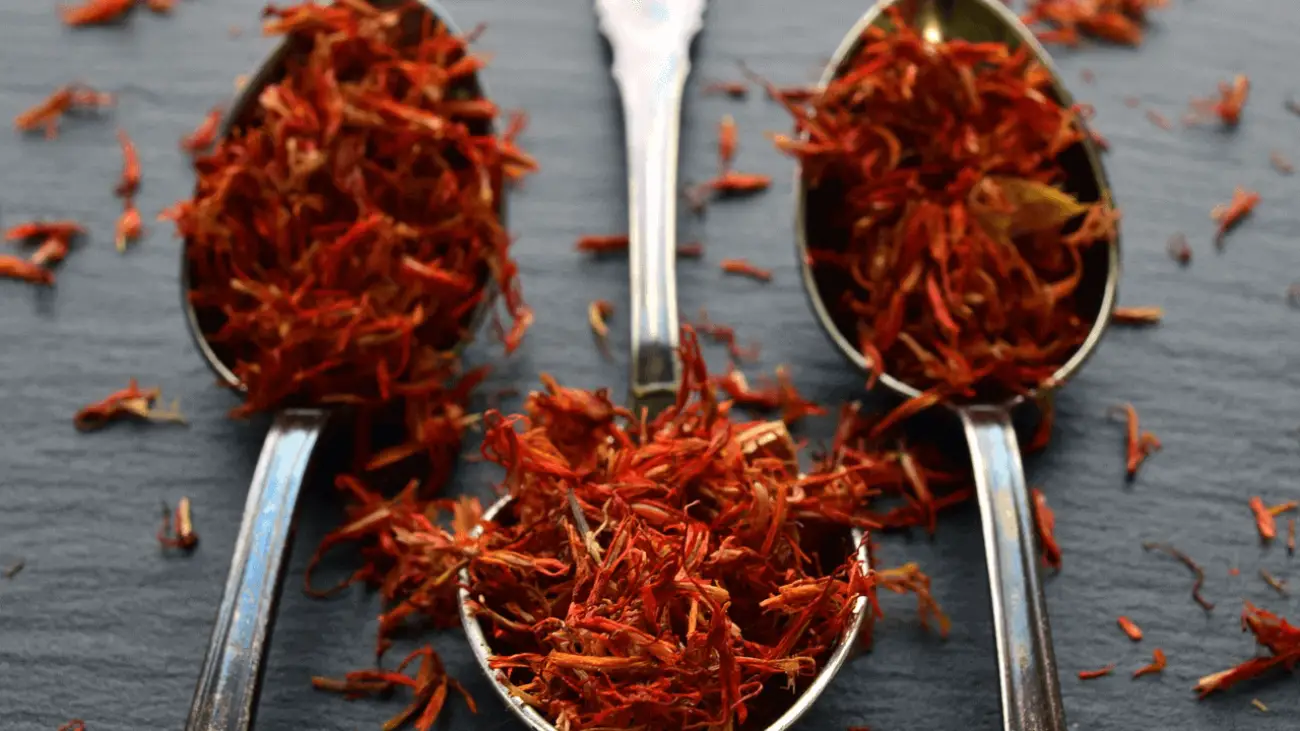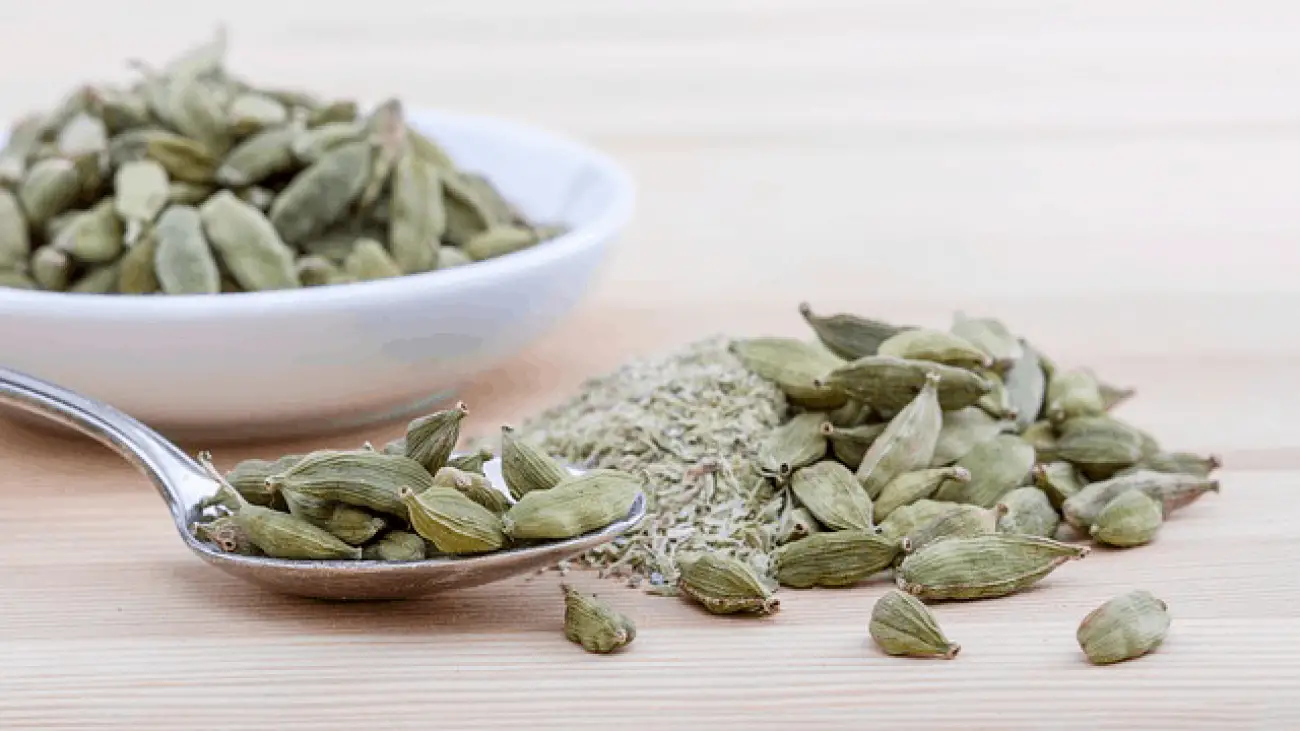Pepper has been given such an important place in our kitchen that it has its own properties, even with salt, which is a fatigue partner: salt and pepper. Together they have made many differences in our recipes, and also they are the basis of our spices. Specially pepper, by selecting the right pepper type with our recipes, we can make a delicious difference in our dishes.
From ancient times pepper got a very special place in most dishes of the kings and emperors of Europe because of pepper’s conventional properties. Currently, pepper has lost that elitist character. We can find it in all kitchens, being the main responsible for giving that slightly spicy touch to our meals. However, there are still more possibilities and some questions in the air.
Is everything we see on the market labeled as pepper being pepper? Does black pepper have the same use as white or green pepper? Is it better to buy already ground pepper, or is it recommended to buy it whole?
Most common types of pepper: Green, Black, Red and White pepper
To find the pepper’s meaning, we have to look at the plant’s scientific name and its genus Piper. The pepper that we usually have at home is the one that comes from the Piper Nigrum, whether green, white, red, or black.

It is the most common and most widespread throughout the world. These four versions correspond to the same species but different stages of maturation. But they all come from a climbing plant that can reach 4 meters high and whose fruits, as a bunch, correspond to the pepper’s berries.
The green one is the least intense, and we can find it either dry or in a brine (saltwater). I recommend using it with white meat dishes that are delicate or with low-fat fish, such as a hake. This lower intensity of green pepper is because it is harvested even without maturing. So it does not develop all its potential, but it is very aromatic. Originally, especially in India and Southeast Asia, it is often found fresh and is widely used in local cuisines, such as curries.
The next state is black pepper. Contrary to what many people believe, it is not the most intense. Black pepper is a green berry that is allowed to dry completely, but its outer rind is keeping. In the United States, it is usually the most common pepper.
There are many more options when selecting a variety of pepper. In the United States market, we can find more than thirty different pepper varieties, some more aromatic, others spicier, and others more resinous. But the most demanded are black peppers.
In this case, we are talking about peppers that have not fully matured, something that does not happen with real red pepper and white pepper. Red pepper is a green grain that has been allowed to grow fully and that when harvested is left to dry. Depending on the origin, it is more intense or less.
Finally, we find white pepper. In France, the use of white pepper is more common, and many dishes are made with it, especially so that it does not stand out chromatically. Although we believe that it is less powerful due to its color and fame, in reality, it is the most intense.

Among the most popular two cases: Sarawak, from Malaysia, which is ideal for grilled meats and has notes of wood and fruit; and Penja, from Cameroon, which is very fresh and with hints of menthol.
Other peppers in the Piper family
If we adhere to botanical criteria, peppers can only be the grains, berries, or pods of plants that belong to the Piper genus. We have already told you about the most popular one, the Nigrum, but there are other options.
They all have different food-related use. For example, Indonesian black is spicier than Indian pepper, because it has a higher pepper content. Not only that, but also the Piper Cubeba commonly called Java Pepper. Physically it differs from the Piper Nigrum in dry because it has a kind of tail. It joins the spike that many of these small berries make up.
Although not common in Western food, mainly for its bitter notes, it is highly prized in Indonesia for its light spiciness and hints of other spices, such as cloves. The reason why it is usually us in dishes that mix sweet and savory like chutney.
Cubeba pepper, native to Indonesia, is characterized by its light spiciness and its aromatic, tiny and bitter clove notes. Use this Cubeba pepper alone or mixed with other peppers to flavor your sweet-savory dishes, chutneys, or compotes.
Peppers that are not peppers
Adhering to botanical criteria, it is clear that peppers, officially, can only be those that come from the Piper genus. However, other trees and shrubs also give grains or berries that have owned the name of ‘pepper’ for their appearance or for having a certain degree of spiciness.
Among them, we find several well-known cases that you will surely like to try in your kitchen.
- Jamaican pepper
It is commonly calling as allspice because its flavor is similar to many different spices such as cloves, cinnamon, or nutmeg. But it comes from the Pimenta dioica tree. It should notice that Jamaica pepper does not itch as a curiosity because it does not have piperine.
- Sichuan or Szechuan pepper
The sound of words plays a trick again. This spice is very common in Chinese cuisine. It comes from the Zanthoxylum Piperitum tree, a thorny Asian shrub, whose dried fruit has a citrus, lemon aroma, and a small itch that numbs the mouth. However, it also does not have piperine.
- Pink pepper
It comes from a South American bush called Schinus Molle, and its berries are picking after ripe. Its spiciness is more similar to that of chilies, especially as it is more fruity than pepper. It is an excellent complement to salads or soft fish dishes.
- Cayenne pepper
It is not a pepper, but a mixture of dried and ground ripe chili and cayenne. It has nothing to do with Pipers, but it is widespread and rich in our kitchen.
Three mistakes should not make with pepper
However, specific problems are repeating in our kitchens when it comes to treating peppers.
- Keep them wrong
It is best to store them in small airtight jars, even at room temperature. Also, heat is not one of your worst enemies. We are talking about products of eastern and subtropical origins where heat is not a problem. Therefore changes in temperature should be avoided.

- Buy them already ground
Good peppercorns, well preserved and in its berry, can maintain its aroma and properties for a couple of years. One that is already grounded in three months will have lost most of its spark. Something that saves the distances also happens to us with the coffee, and it is that this spoils before if it is already grounded.
- Add them in whole
It is very typical to add peppercorns to a stew. But I do not recommend it because the pepper is not sugar or salt, it does not melt, and its flavor is not enhanced when thrown in whole. It is best to grind it just before adding it. For this, a simple mortar will suffice.













